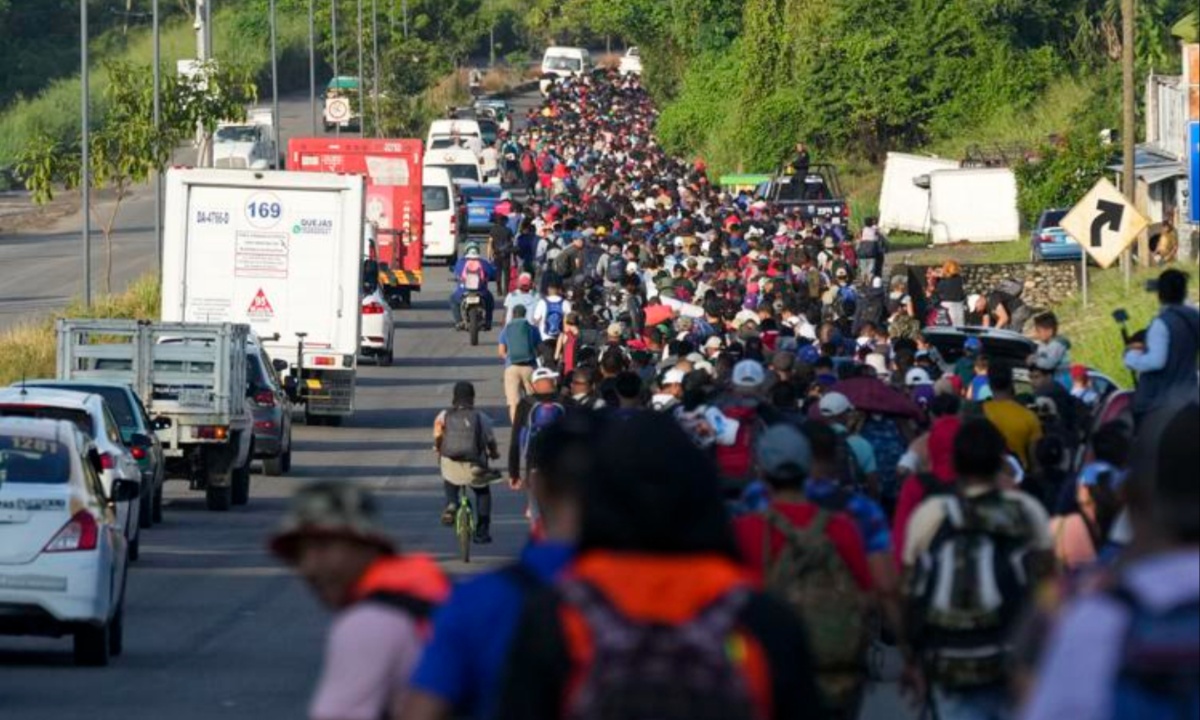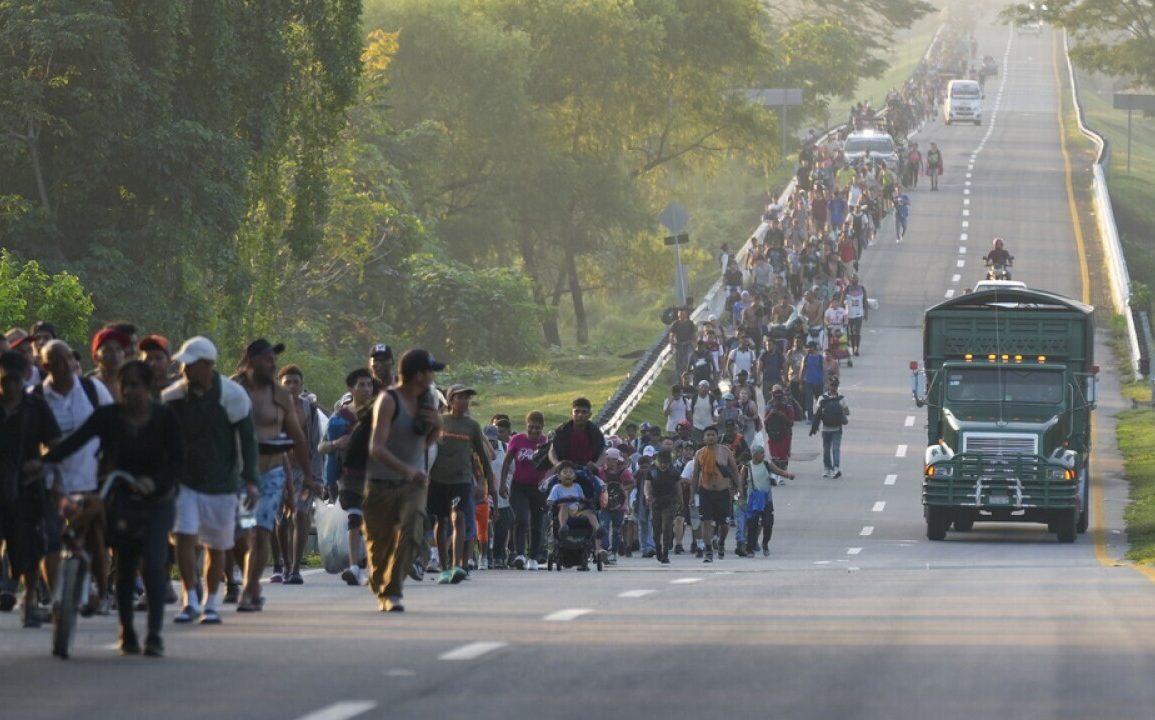A new study reveals that extreme weather, driven by climate change, is influencing undocumented migration and returns between Mexico and the United States. Researchers found that people from agricultural areas in Mexico are more likely to migrate when extreme weather, like droughts, affects their communities, particularly during the critical corn-growing season.
The study highlights how prolonged weather stress makes it less likely for these migrants to return to their home communities, as ongoing climate impacts disrupt their livelihoods and daily lives.
Climate change exacerbates extreme weather events, including longer and more severe droughts, intense heatwaves, and rapidly intensifying storms. These changes are particularly damaging in Mexico, where drought has depleted reservoirs, caused severe water shortages, and reduced agricultural yields.
The country, which relies heavily on rain-fed farming, faces growing economic instability, especially in rural areas. Researchers emphasized that these climatic challenges are expected to worsen, further threatening the livelihoods of Mexico’s agricultural communities.

The study also notes that Mexico is a key example of the link between climate-induced migration and economic hardship. With projections showing rising temperatures in the region, researchers predict that climate impacts will continue to push more people from rural areas to migrate, particularly to the United States. Over the next few decades, experts forecast that climate-related events like rising seas and extreme temperatures could displace up to 143 million people globally, further driving migration trends.
Social and economic factors also play a significant role in migration decisions. People who are financially better off, or who live in communities with a strong history of migration, are more likely to leave in response to extreme weather. However, the study emphasizes that climate change’s impact is not uniform; those with fewer resources may struggle to move, remaining “trapped in place.” This highlights the inequities in climate adaptation, as not all populations are equally prepared to deal with the stresses of climate change.
Experts suggest that understanding migration patterns, especially in regions with established migration histories, can help predict future migration flows. The study stresses the importance of global cooperation in addressing the root causes of migration, focusing not only on border enforcement but also on improving climate resilience and supporting vulnerable communities.
As the U.S. continues to grapple with immigration policies, the study suggests a need for a broader discussion on the role of climate change in migration and its implications for both sending and receiving countries.

